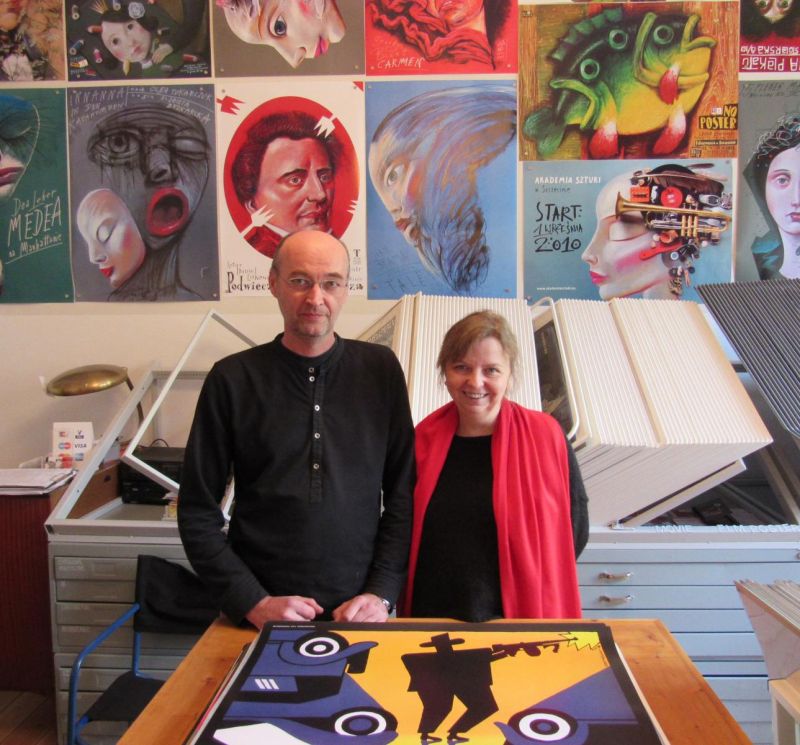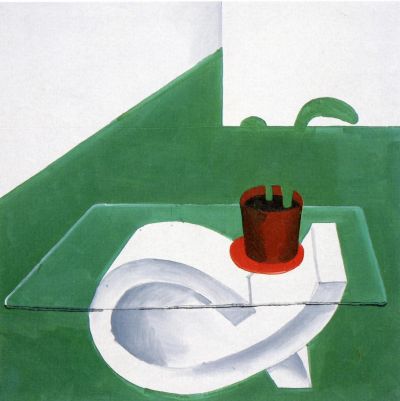The collectors Joanna and Mariusz Bednarski talk about Polish poster art
Mediathek Sorted
-
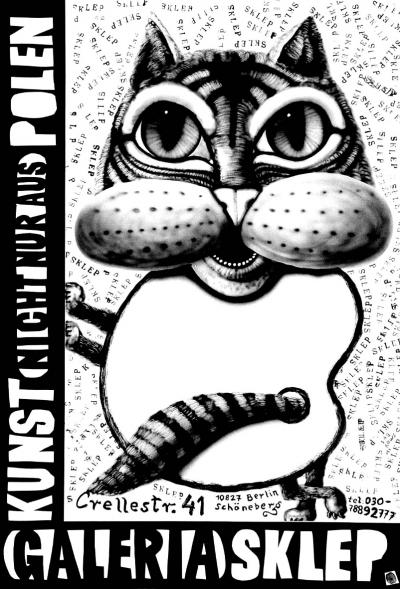
-
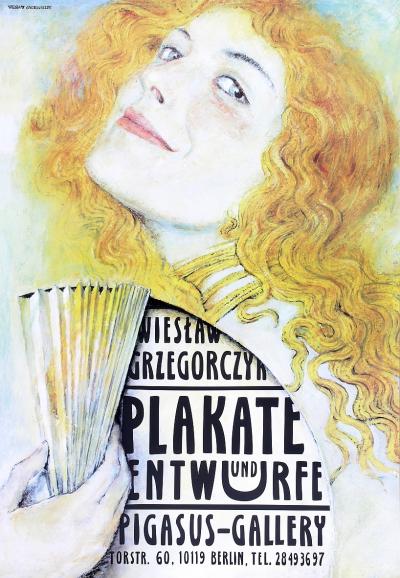
-
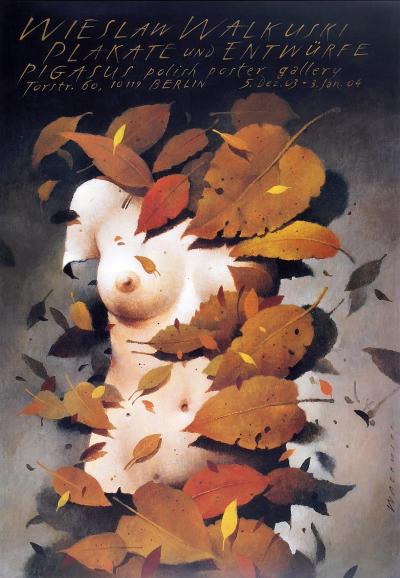
-

-
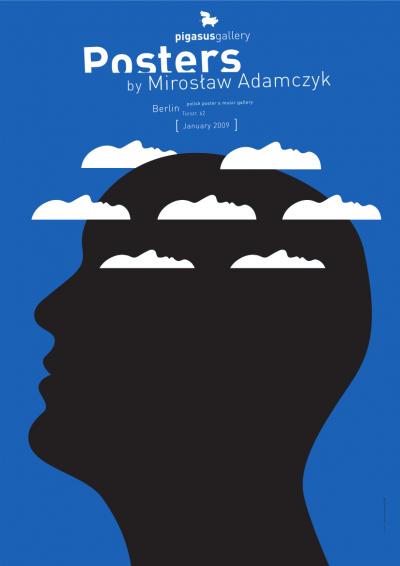
-
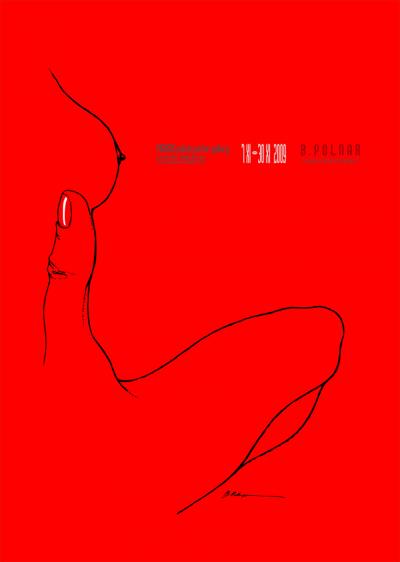
-
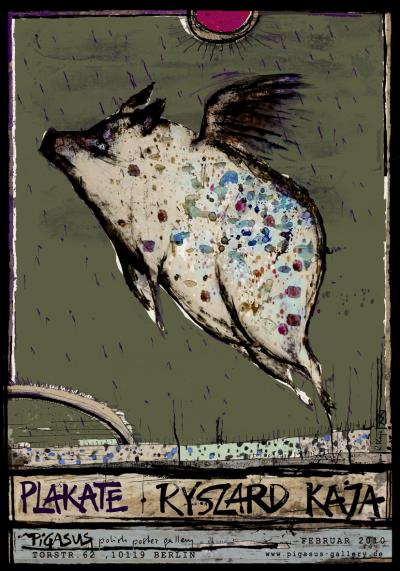
-
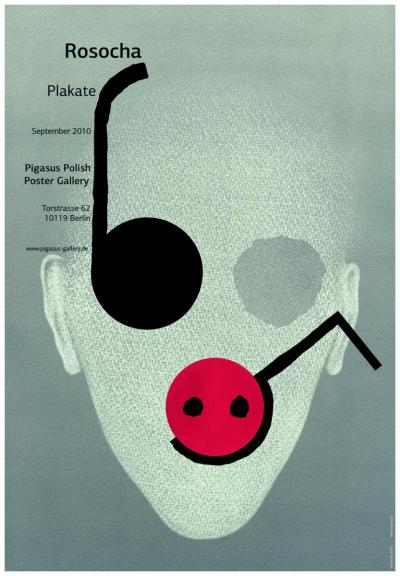
-
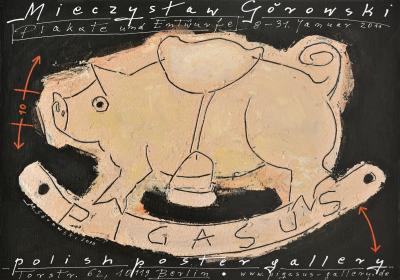
-
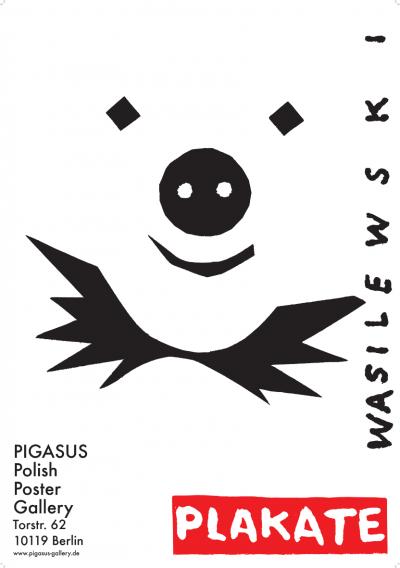
-
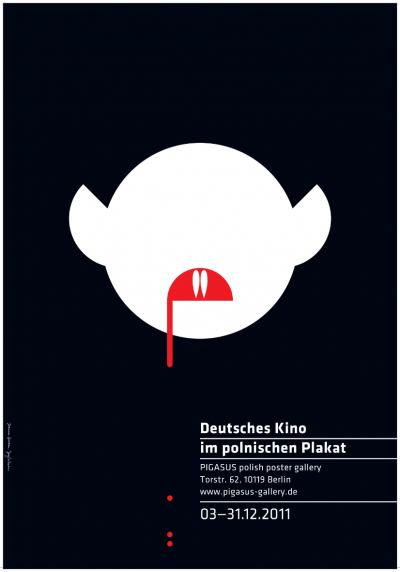
-
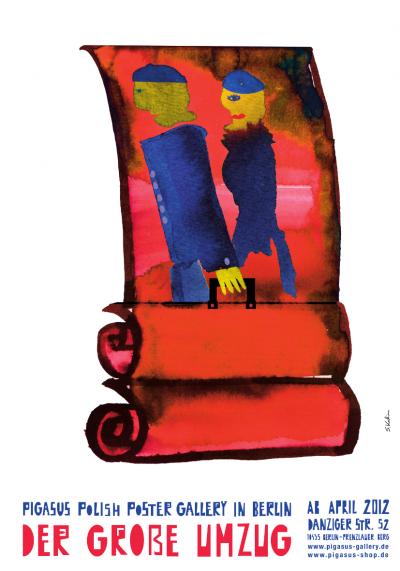
-
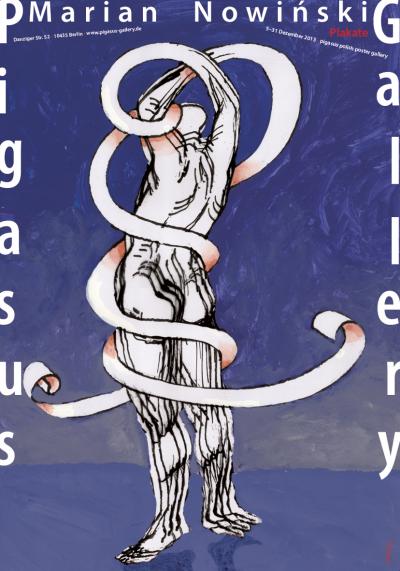
-
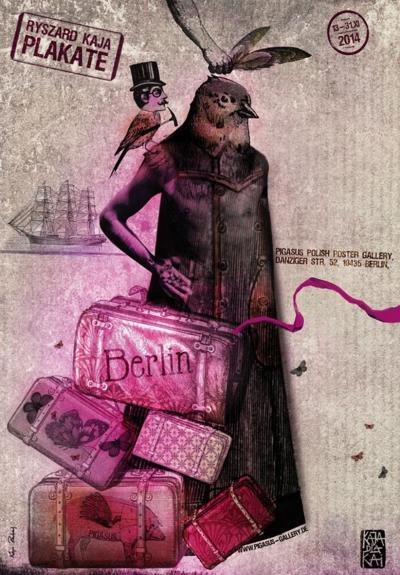
-
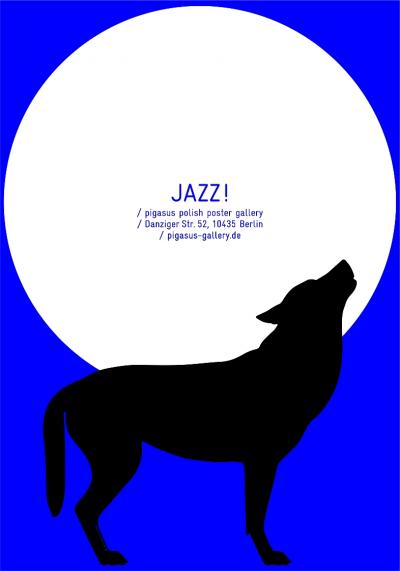
-
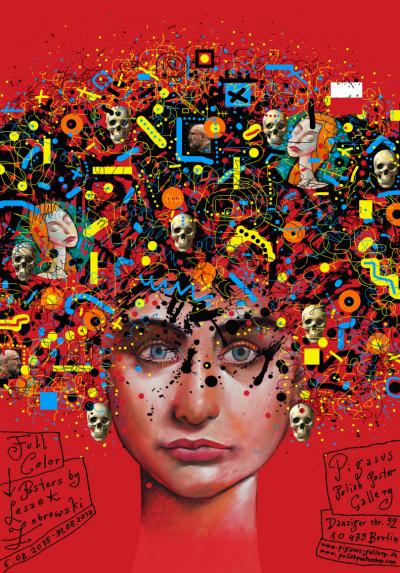
-

Pigasus-Gallery - Hörspiel von "COSMO Radio po polsku" auf Deutsch

So do you have the largest collection?
M: No, that’s probably the Swiss collector René Wanner. He also has his own homepage: you can see him at many exhibitions all over Europe.
When did you come to Germany and what did you do for a living?
M: I came to Berlin as a student in 1988. I had studied Polish studies in Poland. Here I had to do my A-levels first before going on to take a course in East European Studies at the Free University. After that I got a job at the Polish Social Council as a social worker for Polish immigrants. But I was also responsible for cultural events. J: I came to Berlin in summer 1989. We had known each other for a long time then. If we had married beforehand Mariusz would not have been let out of the country. At that time no one knew that the borders would soon be open. M: One year later I was allowed to return to Poland once more. Eighteen months after that we married in Poland and then immediately returned to Germany. J: I was still studying in Poland. I have a degree in mathematics. However I would have had no opportunity to practice in this area in Germany. So I got a job as a teacher. M: We set up our first gallery, “Sklep”, in Schöneberg in 1999/2000. At the time we already had many friends in Poland who were painters, graphic artists and craft workers. Here we presented exhibitions of their work and also displayed Polish posters. Around two years later we were able to take a reasonably cheap lease on a shop directly next to the Club der Polishen Versager in Torstraße, where we opened the next gallery. This was the first Pigasus-Galerie. Here we only sold posters and music CDs. J: My husband worked as a DJ for years and that explains the connection with music. M: Yes, I worked everywhere in Germany and in Holland as a DJ and also played music from Eastern Europe. So I began to bring more and more CDs from Poland. Today we have around 8000 titles, most of them Polish, but also 1000 Russian and Ukrainian CDs. In April 2012 we moved the gallery once more, to this shop in Danziger Straße.
Is Polish poster art expensive to collect?
M: The prices vary considerably. The most expensive Polish posters are posters of well-known films in the 50s and 60s. Only the best Polish poster artists designed posters for well-known films. There was a committee. Before every release there was a preview for poster artists, who then sketched out their ideas. And from these the committee selected a poster design. At the start only a few artists took part in these competitions. But by the 1980s this had grown to around one hundred. J: In Poland there was a poster for every film that was shown. M: Posters can be very expensive, running into the thousands. The most expensive poster is the one for Hitchcock’s film “The Birds”. It was designed by von Bronisław Zelek. This has since become an icon of graphic design and there’s a picture of it in every handbook. In the 1990s it was sold for over £7000 at a London auction house.
So, on the one hand you have your private collection, and in the gallery you sell your duplicates and CDs. But you also present regular poster exhibitions. How many exhibitions do you have per year?
J: We try to put on an exhibition every month, but don’t always succeed. The present exhibition is running for two months. We try to put on 8 to 10 exhibitions a year. All in all we have presented thirty-seven exhibitions, each of which with its own poster. But we also organise outside exhibitions in galleries, museums and cultural sectors. Last year we were in Norway with an exhibition of seventy film posters. In 2004 we had an exhibition in Berlin with theatre posters by three German and three Polish artists. It was held in the Deutschen Herzzentrum, and the proceeds from the sales were donated to heart surgery for children. M: In our gallery we not only present exhibitions from our own collection but also solo exhibitions by current artists. And then of course we also present posters that are not yet in our collection.

















































































